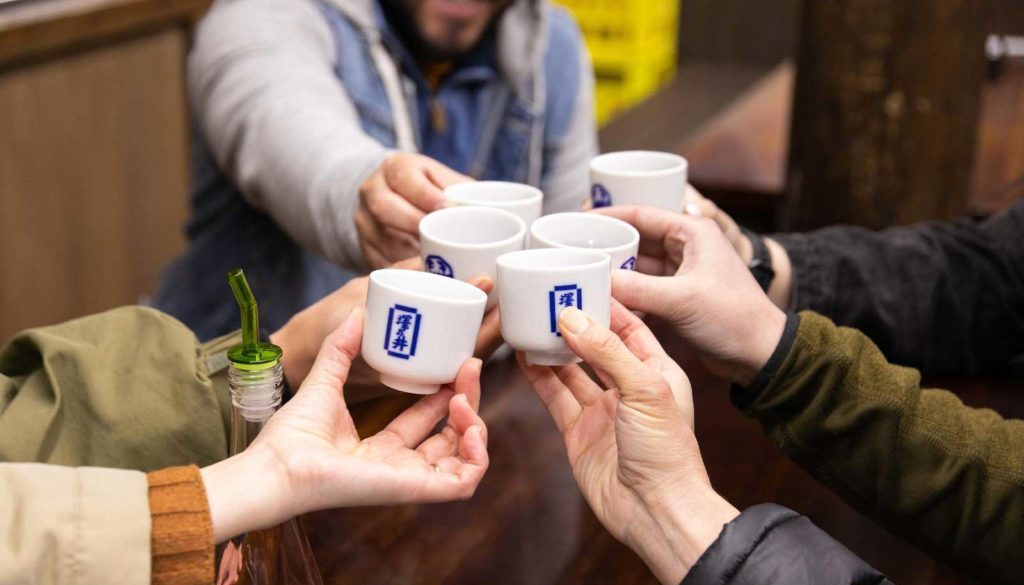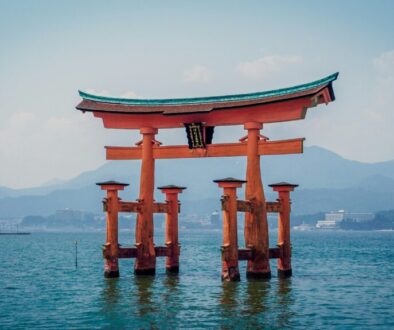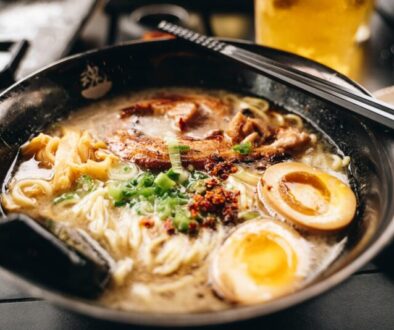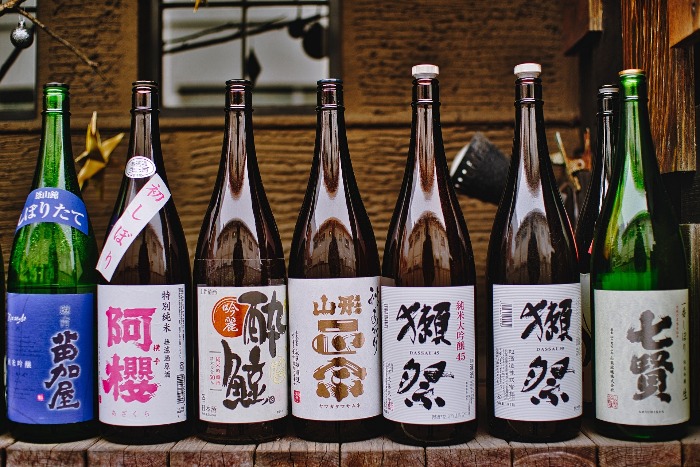
What is Sake?
Sake is by far Japan’s most famous and iconic alcoholic beverage. It is a brewed beverage made from four simple ingredients; rice, yeast, koji mold, and water. In Japan, it’s often called Nihonshu, which literally means “Japanese alcohol”, and is usually referred to internationally as “sake”. The term sake in Japan refers to an alcoholic beverage in general.
Sake is usually about 15% ABV, slightly stronger than wine, and is typically enjoyed with meals. There are several types of sake that are divided into two big categories; Junmai and non-Junmai. Junmai means “pure rice” and is made with rice, yeast, koji mold, and water. Non-Junmai is made by adding distilled alcohol to the mix.
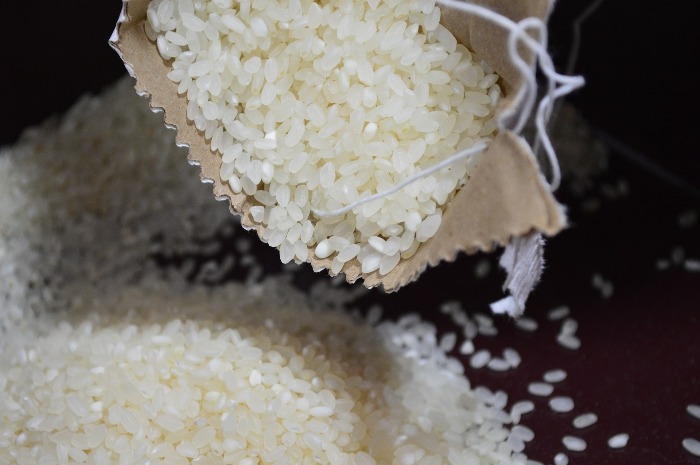
Another way to look at sake is by considering the milling, or polishing, of the rice. Milling, or polishing, the rice is an essential step to produce delicious and high-quality sake. It is one of the most important factors for determining aroma and flavor.
Depending on the milling ratio, or rice polishing rate, there are:
Junmai Daiginjo 純米大吟醸 = 50% or more of the rice grain is left after milling
Junmai Ginjo 純米吟醸 = 60% or more of the rice grain is left after milling
Junmai 純米 = a type is called just “junmai” when is it a pure style and the milling ratio is unknown.
(The percentage refers to how much of the rice grain is left after being polished)
The other way to make sake is to add distilled alcohol to rice, koji mold, yeast and water.
Depending on the milling ratio, or rice polishing rate, there are:
Daiginjo 大吟醸 = 50% or more of the rice grain is left after milling
Ginjo 吟醸 = 60% or more of the rice grain is left after milling
Honjozo 本醸造 = 70% or more of the rice grain is left after milling
Futsu-shu 普通酒 = the milling ratio is unknown
(The percentage refers to how much of the rice grain is left after being polished)
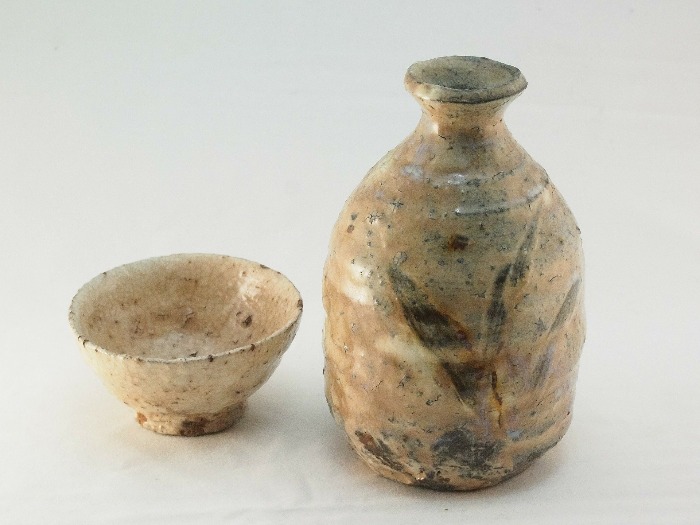
The Birth of Sake
The origins of sake as we know it trace back to about 1,000 years ago. Throughout the centuries of brewing sake, many things changed with the methods used to brew it. The Edo Period (1603 – 1868) is when several modern brewing techniques were developed, and most of them are still used today. Interestingly enough, the famous junmai ginjo type of sake that the Japanese love was only introduced to the market 40-50 years ago.
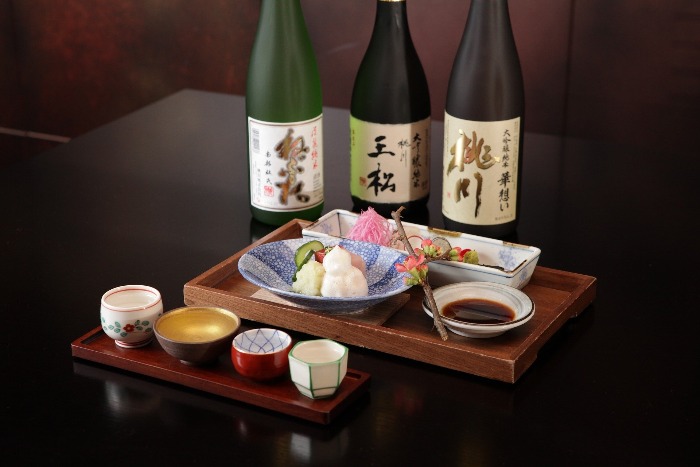
How to Enjoy Sake Like a Pro
Sake is the perfect alcoholic beverage to enjoy with a meal, or during Happy Hour.
In Japan, stemware isn’t as common as it is overseas. Here, sake is usually served in small cups called “ochoko”. It is considered good manners to serve other people first and let someone else fill our cup. Serving each other is almost a ritual, and having small cups helps with this.
Sake is enjoyed cold, at room temperature, or when warm. The serving temperature depends on the pairing with the food and sometimes on the weather as well! An old belief says that when “sake is served warm, it is to cover up the poor quality of it.” However, the real reason is that by warming up the sake, the natural flavors and aroma are enhanced.
Not all sake is recommended to drink warm, though! Make sure to ask the sake bar staff which sake is best served warm for the best experience.
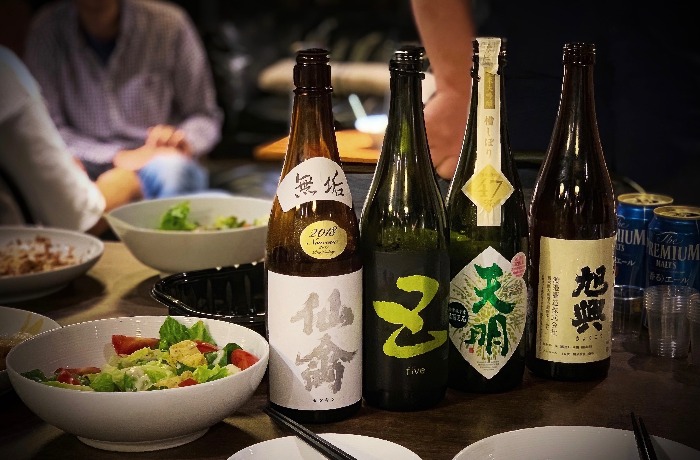
Our 10 Favorite Sake Bars in Tokyo
Akaoni, or Red Demon, is located in the Sangenjaya area, which is a charming area full of small izakaya and restaurants. This izakaya is quite famous for its variety of drink selections and dishes. They only serve sake and beer, and their food menu often varies depending on the drink. They are very serious about sake and carefully select it from all over Japan.
Located not too far from Tokyo station, this standing bar focuses mainly on Nihonshu, or Japanese sake. It has a casual atmosphere and seats about 15 people max, making it feel a bit more intimate than other bars. You can often find sake enthusiasts here drinking and chatting the night away with their favorite drink in hand.
It’s a great place to add to your nightly bar-hopping menu, as their menu changes daily and there’s always something exciting and new to try.

Asakusa is famous for his long history and abundance of amazing food. Among all the old-style izakaya, Ichimon really stands out. Opened about 70 years ago, it has a special charm. Their signature dish is Negima Nabe, a hot pot dish with leeks and tuna (yum!), and their drink menu is extensive and delicious.
As soon as you walk in, you’ll have to change your money from the Japanese yen to mon, the old Japanese currency. Then, they will take you to your table. You can choose between a western-style table or a private tatami room. Despite the old style, they have an English menu so you don’t have to worry.
Located in Shinbashi, this izakaya is in a very interesting part of the city. Shinbashi is a bustling business district. The streets around the station are filled with izakaya that welcome salaryman (businessmen) after work, and Nozaki is a little gem in this area.
They have a huge selection of sake with most of their sake being Jizake. Jizake are small breweries, usually family businesses, with a long history and unique charm. To go with their abundance of sake, they have a menu that ranges from sashimi to beef stew. The staff is really passionate about sake and it shows! The menu is in Japanese only, but the staff are friendly and will make you feel welcome!
Doron is close to Shinjuku station and it’s a specialized bar. The menu includes more than 20 different kinds of sake and the selection changes quite often. The owner of Doron is a sake sommelier. He loves to find lesser-known brands of sake to have a unique menu, and enjoys experimenting with sake to create interesting drinks.
The chef is a sushi professional, has a license to cook the famously toxic pufferfish, and is a kaiseki specialist. With such a combination of passion for drinks and food, get ready for an amazing journey.
The staff here speak English and will help you find your favorite type of sake.

Hasegawa Sake-ten (GRANSTA TOKYO)
Since opening shop in the 1960s, Hasegawa Sake-ten has prided itself in being a leading seller of artisan sakes. The president of this company, Hasegawa, is a legendary sake critic who knows his stuff about sake, and his say on sake is very influential in the sake space.
Stop by one of their six locations around Tokyo for a unique sake experience, and try award-winning sake that you wouldn’t be able to find anywhere else!
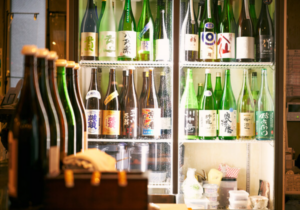
Junmaishusenmon YATA Shibuyaten
Junmaishusenmon Yata, just a few minutes walk from Shibuya Station, is a modern but cozy standing bar featuring a wide variety of sake and friendly and knowledgeable staff. If you don’t know much about sake, just ask the staff for their recommendations!
At this standing sake bar, you will often find solo drinkers who come here for the excellent selection of sake that does not break the bank. You can order by the glass (about 500 yen), or opt for the 60-minute all-you-can-drink deal at about ¥2,000, which is a sake-taster’s dream!
Located in Shibuya PARCO in the basement, Kubota Sake Bar offers a wide variety of sake, assuring that you will find a sake that suits your palate. Here, they use an AI-powered service that will choose the perfect sake for you, so you are assured to enjoy your sake experience.
They offer a “Yummy Sake Tasting Kit,” which comes with 10 different sake you can taste for 2,750 yen. Using the AI-powered app, you record your thoughts and preferences on these 10 sakes, and the app will then tell you which type of sake is the best one for you. It is a unique experience that sake lovers should not pass up!
You’ll find the Kawaguchi Liquor Store – a cozy standing sake bar – tucked away in an alley in the downtown Ginza area of Tokyo. The staff here are friendly and accommodating, so if you have any questions or would like some sake suggestions, they have you covered! (A translation app may be required, as not all of the staff speak English.)
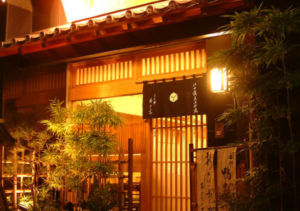
Handmade Soba noodle shop Asada
This historical restaurant has been around for over 150 years and is great for someone looking for a more traditional meal.
Although Asada is mostly known for its delicious handmade soba, they also offer a wide variety of sake that pairs well with the soba and other seasonal foods they serve.
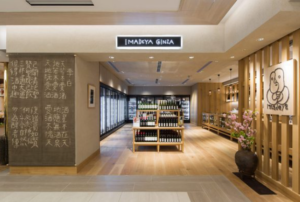
Although this is not a sake bar, Imadeya Ginza is an artisan sake shop that offers a wide variety of hand-picked and unique sakes from smaller breweries all around Japan.
As this is a sake shop, feel free to browse and pick out some pasteurized sake to bring home and have with friends and family.
——
Next time you come to visit Japan, make sure to check out some of these places. You will be surprised by the sheer variety and experiences that sake offers!

